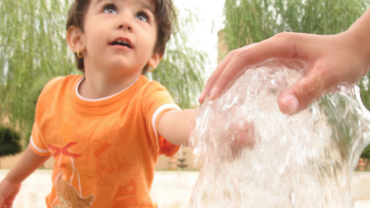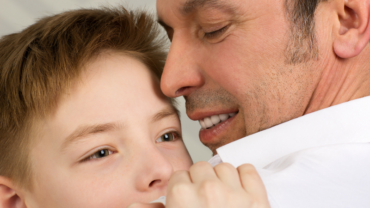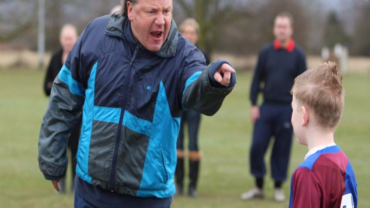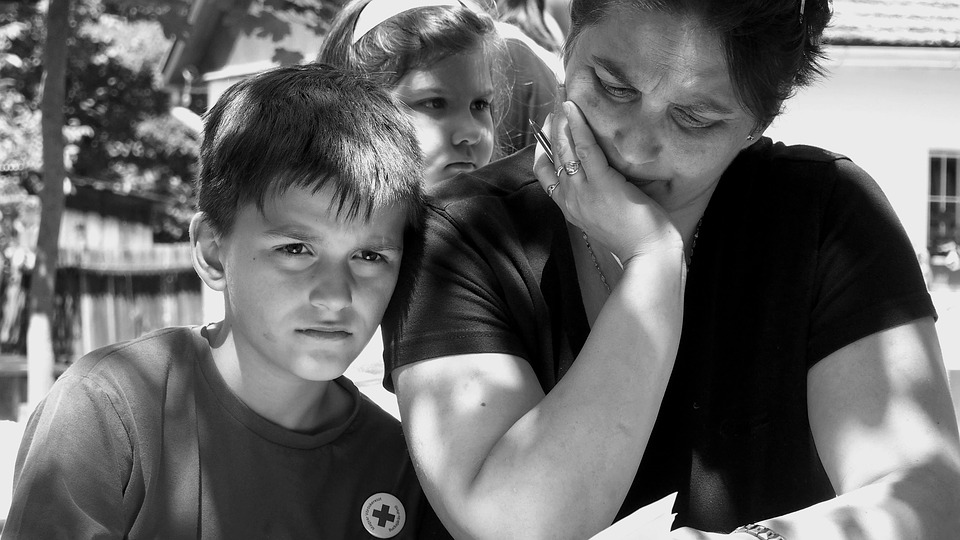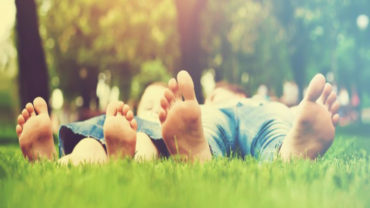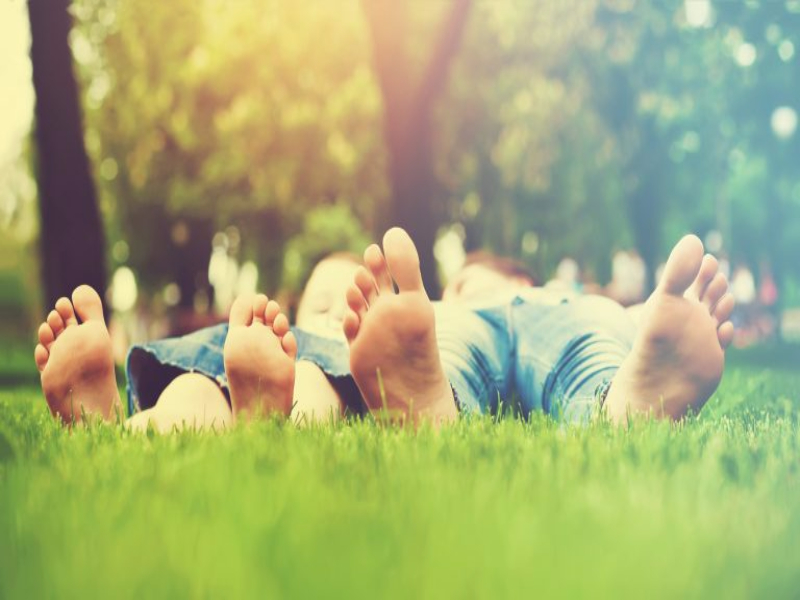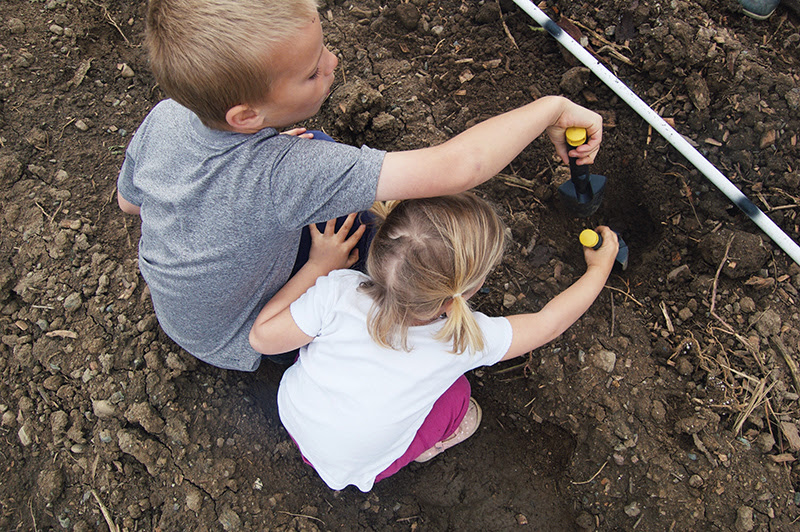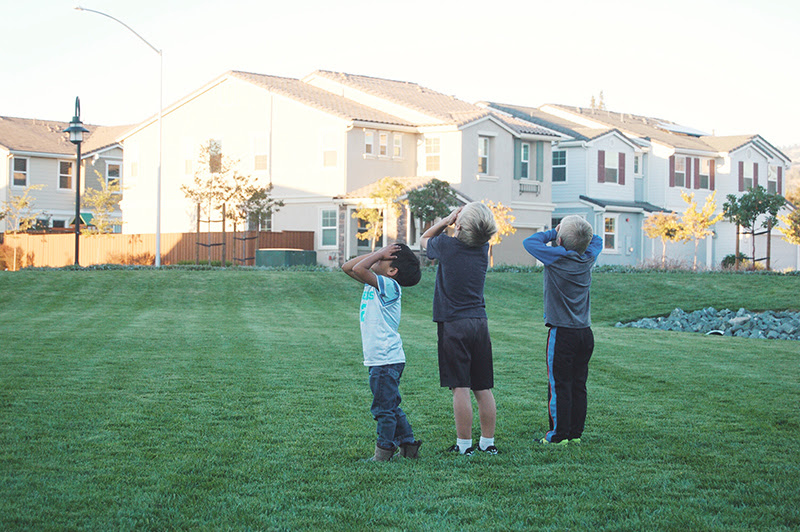Positive discipline is a discipline model that opposes negative discipline which involves spanking and other negative elements in disciplining kids.
Positive discipline is based on the understanding that a kid will develop a conscience guided by his or her own internal discipline and empathy for others when he or she is treated respectfully within age-appropriate, loving boundaries. It is a manner of guiding and teaching kids by letting them recognize on what are the acceptable behaviors in a way that is firm, yet kind.
By applying this discipline model, parents will educate their kids on the right behaviors as well as making them understand the effects of their behavior.
With a solid foundation of trust, positive discipline integrates considerate and compassionate strategies will gradually strengthen the ties between parents and kids. It is rooted in a trusting, loving and secure relationship between parents and their kids.
Meanwhile, a negative discipline that may involve angry, destructive, or violent responses to inappropriate behavior weakens the ties.
The concept behind Positive Discipline is that there are no bad kids, instead only good and bad behaviors. Parents can educate and reinforce the good behaviors while discouraging the bad behaviors without hurting your kids verbally or even worse physically.
Watch this video now to find how the Smolinskis discipline their kids with this brilliant discipline model!


